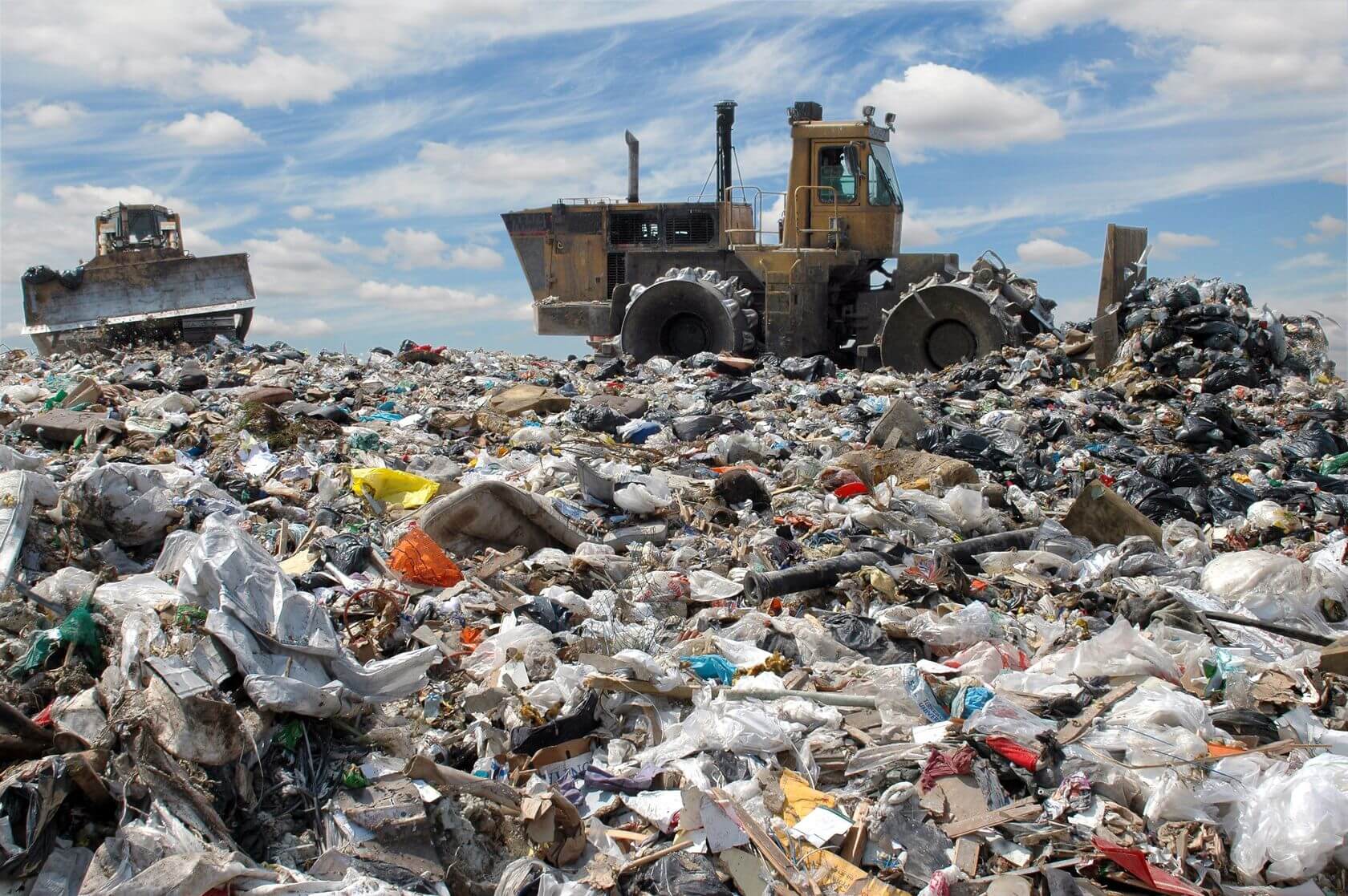
How Does a Landfill Work?
The major purpose of a landfill is to manage waste and keep it from harming the environment. Landfills provide disposal for waste items that cannot be recycled, composted, or reused. Landfills are often publicly operated and funded, but some operate as commercial businesses. Both types of landfills must pass strict legal, engineering, and environmental tests. Once operational, a process that can take up to five years, a landfill is staffed by employees who collect and/or receive garbage and run the facility. Garbage is accepted at a landfill after it is weighed and checked for content. Garbage is then tipped into the landfill and compacted into a liner. This is the most common method of garbage disposal.
Landfill Safety Measures
Landfills are required by law to follow strict environmental policies. Many have a bottom liner made of synthetic plastic and compacted clay soils to keep garbage from leeching into the soil and groundwater. Garbage is arranged into cells within the liner, each one holding a day’s worth of refuse. Cells are compacted from several thousand tons into cubic yards by bulldozers, tractors, graders, and rollers. Once garbage is compacted, it is covered with several inches of soil and compacted again. The cells then become part of rows and layers of other cells, called lifts. Available space is directly related to the usable life of a landfill.
Landfills are kept as dry as possible by filtering garbage for liquids. Moisture is further extracted by using a storm drainage system to channel water away from the landfill. The water is collected in ponds adjacent to the landfill and tested for chemicals and pollutants before being pumped off-site. Along with keeping landfills dry, they must be kept free of pests like insects, rodents, and birds by covering the garbage with compacted soil, tarps and sprayed-paper coverings. A two-foot covering of soil planted with vegetation (grass and kudzu) tops a finished landfill to prevent erosion.
Some of the byproducts of landfills are liquid garbage tea and methane gas. Since methane can burn and/or explode, gases are collected by a series of embedded pipes and is vented or burned. Methane is now being extracted by some landfills to be sold or used as fuel. Liquid byproducts can also be dangerous as they have the potential to contaminate groundwater, animals, and waste-water collection sites. When liquid byproducts seep through the landfill, soil is used to fill the leak.
Monitoring the Landfill
Groundwater monitoring stations constantly test for landfill leakage, sometimes for as long as fifty years after landfill closure. Since there is little oxygen and moisture in landfills, garbage does not break down very quickly. Landfills are designed to bury garbage, rather than break it down, making recycling and reuse a helpful alternative.